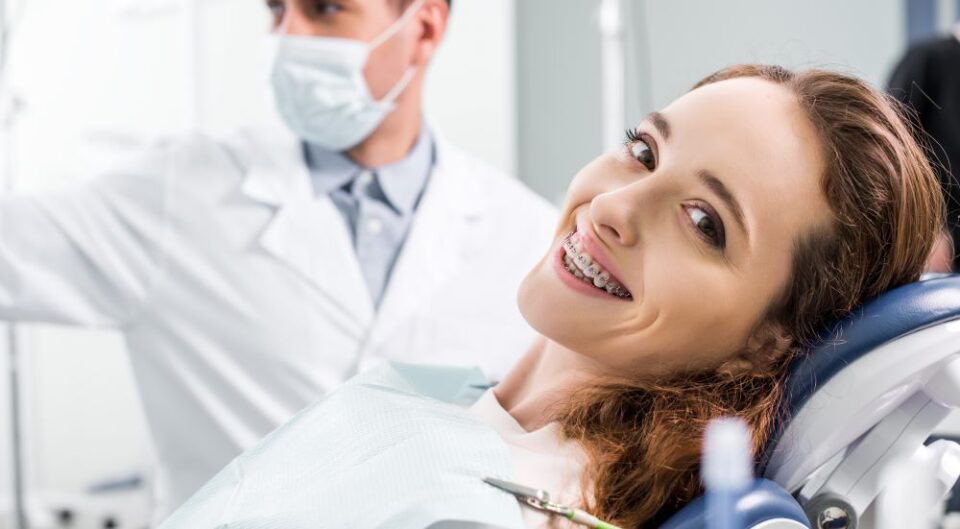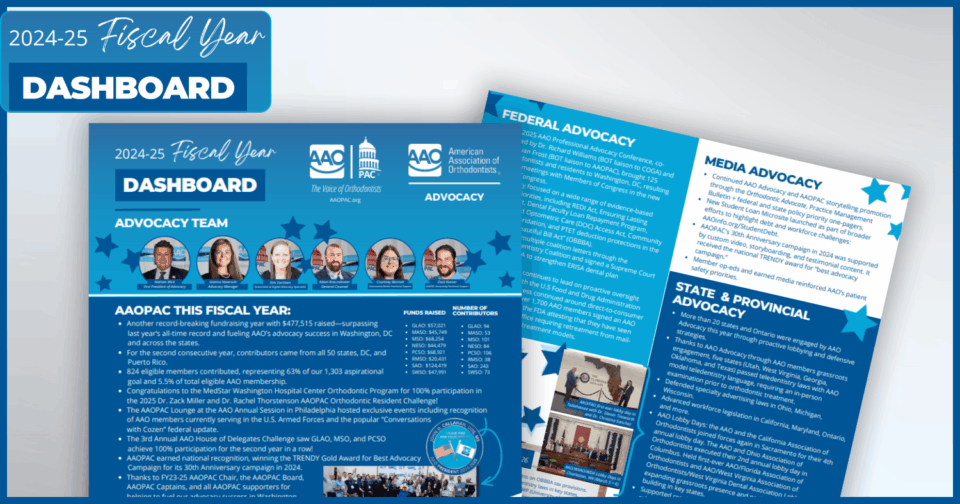Should your orthodontic practice apply for these additional relief funds?
On Oct. 5, the Department of Health and Human Services (HHS) announced $20 billion in a new Phase 3 Provider Relief Fund (PRF). Orthodontic professionals who received or applied for Phase 2 of the PRF began receiving emails from the HHS about applying for Phase 3 this week.
Orthodontic professionals should remain cautious before spending the necessary time applying for Phase 3 and ensure they fully understand both the eligibility and reporting requirements for PRF.
Please consider the following before applying:
Overview & Eligibility
- Orthodontists, even if they received a Paycheck Protection Program (PPP) loan and/or a PRF payment under Phase 2, are eligible to apply for Phase 3.
- Phase 3 will initially provide funding to those who either were not eligible, or did not apply during previous phases of PRF funding.
- Newly eligible applicants include those who began practicing in 2020 and an expanded list of other providers, which now includes behavioral health.
- Applicants who have already received payments equaling 2% of annual patient care revenue, will not be considered until all new applicants receive a payment equal to 2% of patient care revenue.
- Phase 3 payments, unlike Phase 2 payments, will consider documentation of the financial impact of COVID-19 on the business. This is to ensure those who are newly eligible receive payment before any eligible business receives additional funds.
- For prior applicants, the exact formula HHS will use to distribute any remaining funding is unclear. However, to be considered, businesses must show a loss of net patient care revenue for the first and second quarter of 2020 vs. 2019. The loss will consider any other PRF and PPP payments previously received.
- The application period runs from Oct. 5 through Nov. 6 of 2020. Payments will not be considered until the application period is complete. All applications received by the Nov. 6 deadline will be considered.
CWA INSIGHT:
While at first glance it appears most orthodontic practices would want to apply for funding in Phase 3, if the business has already received prior stimulus funds, it is unclear whether they would actually receive it.
If any additional funding is received, it is even more unlikely that it would be the full 2%. Take this into account when deciding to apply. It is also important to keep in mind that PRF payments are taxable. For additional guidance, view the CWA estimated calculation and commentary for an average orthodontic practice comparing Q1 and Q2 of 2020 to 2019.
HHS has made clear that the main point of the additional funding is to offer money to businesses that have not yet received any funding, including the newly eligible businesses. CWA expects that even if you can support a loss in net patient revenue, any funding you receive will not be significant for your practice. Additionally, most CWA practices currently have more operating cash in their business than at the end of February 2020. If this is the case, one should consider the current state of the practice, and if there is a real financial need, prior to applying for additional government stimulus.
View the HHS Quarterly Calculation Example
APPLICATION PROCESS
If you decide to apply, the application portal can be found here. Also helpful during the process is the application instructions and application example.
The two major definitions you need to understand before applying are:
- Operating Revenues from Patient Care: Gross patient charges less any adjustments for contractual third-party payors, and any other discounts.
- Operating Expenses from Patient Care: These expenses include salaries, benefits, medical supplies (including lab costs), contracted and/or other employed doctors, interest on business loans and depreciation on equipment.
CWA recommends you gather the following information before beginning the application and make your estimated calculation to determine your loss on net patient revenue including government stimulus.
- Net adjusted production reports on a quarterly basis for 2020 and 2019, January–March (Q1) and April–June (Q2). This will be used to enter your operating revenues from patient care on question 13 of the application.
- Practice income statement with year-to-date comparative expenses for March and June 2020 and 2019. This will be used to enter your operating expenses from patient care on question 14 of the application. For quarters ending March 2020 and 2019 you can use your financial statement and add staff salaries, employee benefits, dental supplies, lab costs, associate/contract doctors, interest and depreciation for the total expenses. For the quarters ending June 2020 and 2019 you can add the same expenses and then subtract the totals for each quarter ending in March. This will then give you the amounts needed for April–June for 2019 and 2020.
- 2019 business tax return. This will be used to enter questions 10-12 of the application.
Additionally, all documents utilized in 1-3 above will need to be scanned and uploaded on the HHS portal.
CWA Final Comments:
The information reported above is based on our research of the information and guidance provided currently by HHS. Each practice will need to decide for themselves if it is worth spending the time to gather the information and complete the application, with the knowledge that most doctors will probably not receive another full 2%, if any funding at all.
If the business is recovering and in a good cash flow position, any PRF funds are considered taxable income. Additionally, this funding will fall under the same reporting and auditing requirements as previous PRF payments. The reporting has become more stringent than originally published and there are still many questions that need to be answered prior to the reporting portal opening on Jan. 15, 2021.
Cain Watters is a Registered Investment Advisor. Cain Watters only conducts business in states where it is properly registered or is excluded from registration requirements. Registration is not an endorsement of the firm by securities regulators and does not mean the adviser has achieved a specific level of skill or ability. Request Form ADV Part 2A for a complete description of Cain Watters investment advisory services. Diversification does not ensure a profit and may not protect against loss in declining markets. Past performance is not an indicator of future results.
This article is presented for informational purposes only. You should consult with your accountant, attorney, and/or any other relevant advisor or representative of you or your practice before making financial decisions for your practice.



